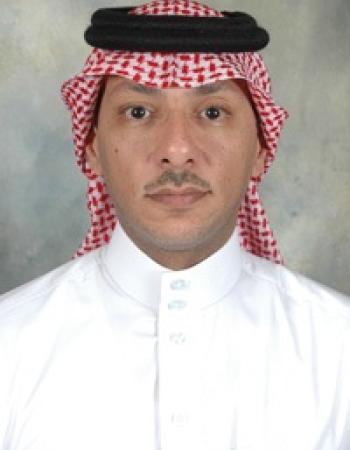Assessment of the Toxic Effects of Heavy Metals on Waterbirds and Their Prey Species in Freshwater Habitats
aquatic habitats; freshwater lake; pollution; heavy metals; waterbirds; prey species; human health and management
Waterbirds may be a good indicator of harmful metal levels in aquatic environments. Waterbirds’
organs and tissues were tested for the presence of pollutants, such as metals. However,
very few reports describe the use of bird feathers and their prey in metal analysis. In the present
research, seven metals were measured in the tissue, kidney, liver, and feathers of the Indian pond
heron, the black-crowned night heron, and their prey species, including crabs, prawns, molluscs,
and fishes from a freshwater lake. Metals were examined using an ECIL-4141-double beam atomic
absorption spectrophotometer (DB-AAS). Metal concentrations differed considerably in the tissue,
kidney, liver, and feathers of the Indian pond heron and black-crowned night heron (p < 0.001).
Indeed, this research discovered a good correlation between the metals of prey species and the tissues,
kidneys, liver, and feathers of waterbirds that were tested. The regression model explained
that the Cyprinus carpio influence the accumulation of metals about 98.2% in tissues, Macrobrachium
rosenbergii and Cyprinus carpio around 86.3% in the kidney, the Labeo rohita almost 47.2% in the liver
and Labeo rohita nearly 93.2% on the feathers of the Indian pond heron. On the other hand, the Mystus
vittatus, Cyprinus carpio, Labeo rohita influence about 98.8% in tissue, the Claris batrachus and Tilapia
mossambica around 93.3% in kidney, the Mystus vittatus, Cyprinus carpio, about 93.2% in liver
and the freshwater crab (Travancoriana schirnerae), freshwater prawn (Macrobrachium rosenbergii) and
a fish (Cyprinus carpio) nearly 93.2% in feathers in the black-crowned night heron. This research
evaluated metals in the dead carcasses of waterbirds, a non-invasive biomonitoring technique for
pollution. Overall, the investigation revealed that the lake is severely contaminated with metals.
Therefore, the management and protection of aquatic habitats, particularly freshwater lakes, should
be enhanced to rescue wild species that rely on aquatic ecosystems and to ensure that people have
access to clean drinking water.

This current work revealed a single-step fabrication of tungsten oxide nanoflakes (WO3
NFs) with the help of Terminalia arjuna bark extract. Bioactive phytoconstituents of T. arjuna bark…

In the present work, the residual biomass of the green seaweed Ulva lactuca was chosen as feedstock to undergo separate
hydrolysis and fermentation process to produce bioethanol. The…

Waterbirds may be a good indicator of harmful metal levels in aquatic environments. Waterbirds’
organs and tissues were tested for the presence of pollutants, such as metals. However,
…

